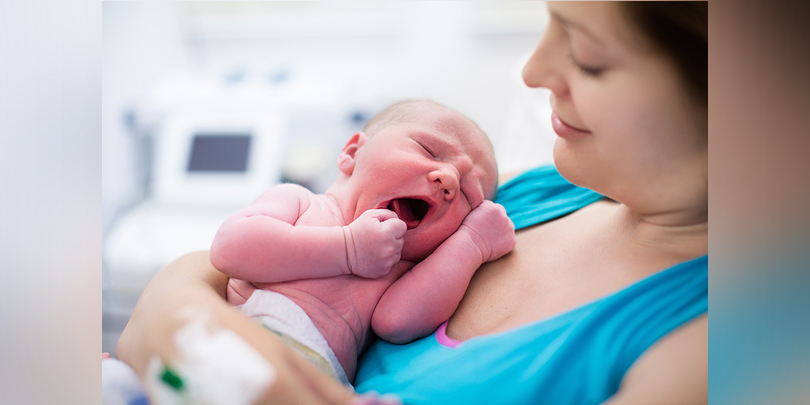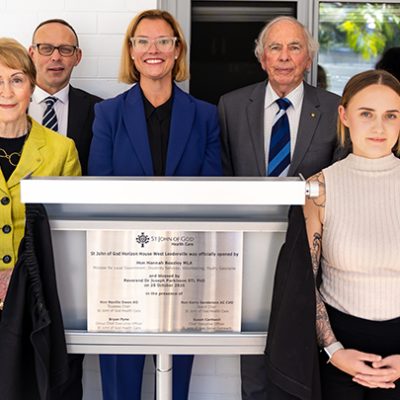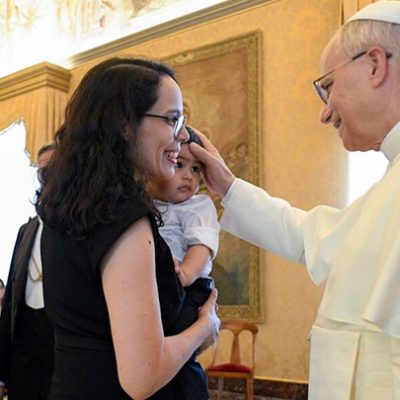
Australia’s fertility rate has collapsed to its lowest level on record, forcing the country to rely more heavily on immigration to expand the population as parents increasingly choose to have children when they are older. Source: The Age.
Data released by the Australian Bureau of Statistics yesterday showed that the fertility rate fell to 1.48 births per woman: the lowest rate since records began in 1921, despite the 292,318 registered births in 2024 being an increase of 1.9 per cent on 2023.
Since 2019, fertility rates – the average number of children born to a woman over her lifetime – have fallen sharply in every state and territory. In the ACT, the rate has dropped to a nation-low of just 1.27, putting it among the lowest fertility rates in the world, while the number of recorded births in NSW fell to its lowest level in 20 years.
The replacement rate, which is the average number of registered births per woman needed to maintain – or replace – a country’s population over time without migration, is 2.1 births per woman.
The birth rate figures for 2024 come amid debate about the country’s immigration levels. This masthead’s Resolve Political Monitor found this week that a majority of voters supported a significant reduction to Australia’s immigration intake. The country’s net overseas migration level in 2024 was 341,000 people, down 37 per cent from its peak of 538,000 in 2022-23.
Last week, Coalition immigration spokesman Paul Scarr said the nation’s intake must be set with consideration of the country’s housing supply shortage.
The median age of parents has continued a slow but steady climb over the past decade, and was 32.1 years for mothers and 33.9 years for fathers in 2024.
ABS head of demography Beidar Cho said the shift towards older parenthood reflected broader social changes and economic shifts, including more time spent in higher education, along with higher workforce participation by women.
FULL STORY
Birth rate hits record low as parents continue to put off having children (By Millie Muroi, The Age)






